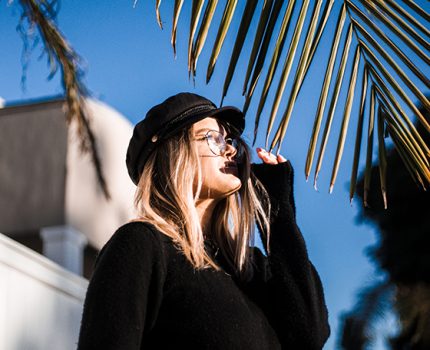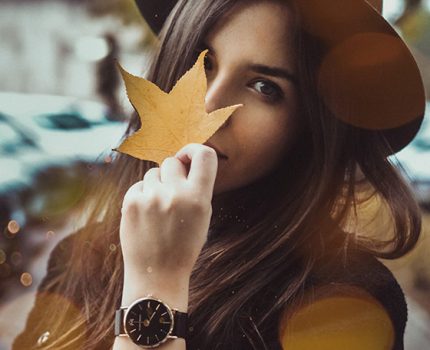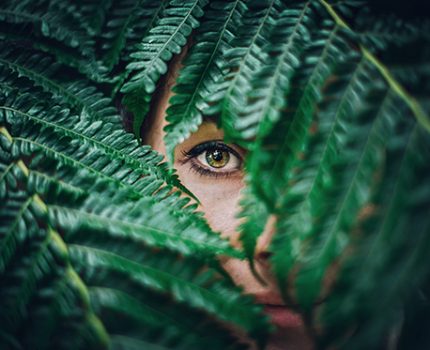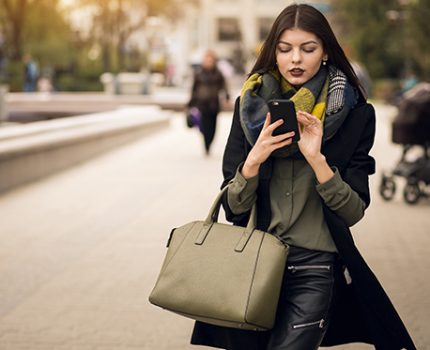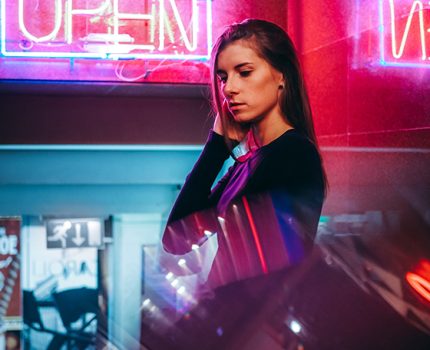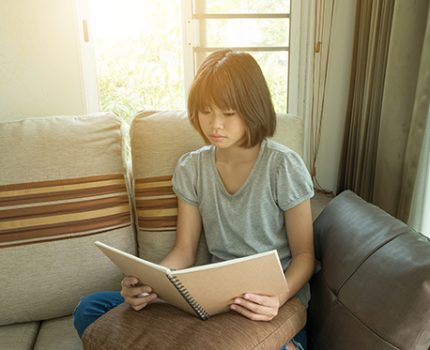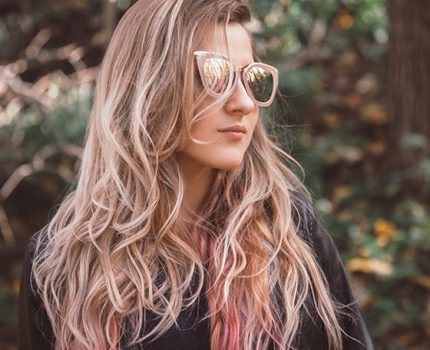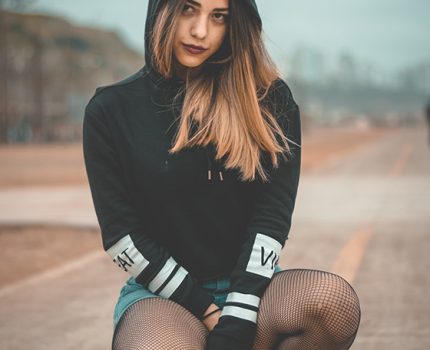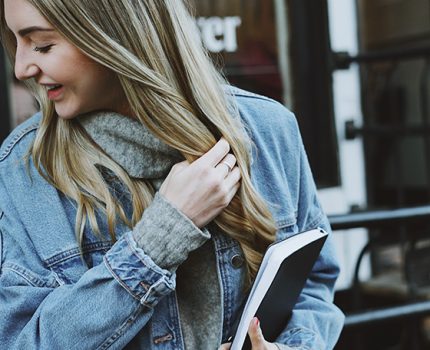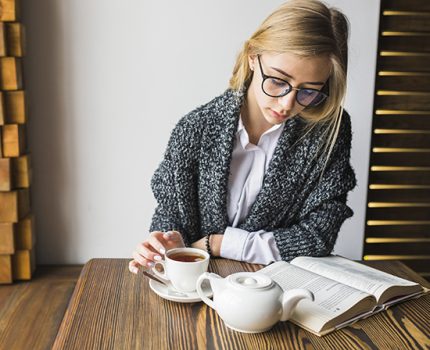Ghostbusters: Utilitarian Ghost-Hunting Attire
Ghostbusters’ distinctive costumes, featuring beige jumpsuits and proton packs, combine style and utility essential for ghost hunting. The jumpsuits offer mobility and storage, while the ergonomic proton packs house ghost-capturing tools. Safety gear like helmets and goggles protect them during encounters. Communication devices ensure coordination, and personalized badges add individuality. These iconic outfits symbolize the blend of function and style in battling the supernatural, resonating with fans worldwide as symbols of nostalgia and bravery.

